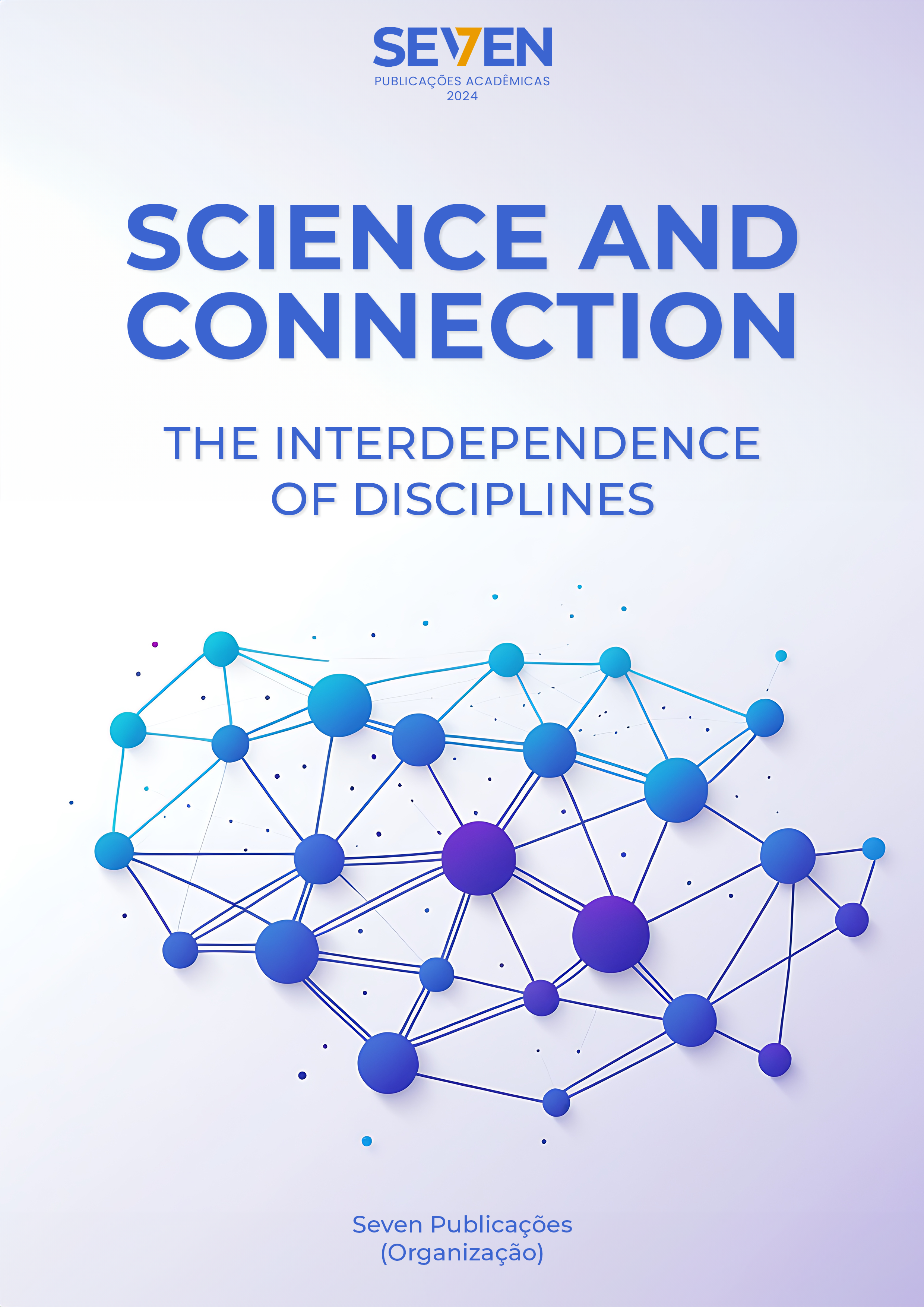THE PREFERENCE OF THE CHARACIFORMES BRYCON ORBIGNYANUS (VALENCIENNES, 1850) FOR THE ENVIRONMENT IN RELATION TO LUMINOSITY
Keywords:
Biodiversity, Water resources, Rheophilic species, BryconidaeAbstract
The construction of dams has interfered markedly in the local landscape of some Brazilian states, causing changes in the environment. In this way, the spawning of migratory fish can be harmed. Some species are threatened with extinction, as is the case of Brycon orbignyanus , popularly known as piracanjuba. Studies related to the biology and behavior of fish are essential for their preservation. Among the most important factors that affect the feeding strategy of fish, light seems to be a stimulus that makes them more or less active. The objective of this study was to evaluate the preference of the fish Brycon orbignyanus for the environment in relation to luminosity. The experiment was carried out with piracanjuba larvae at the Nico Nieser Laboratory of the Ecology and Evolution discipline, in Uberaba, Minas Gerais, Brazil, on January 26 and 27, 2011. For the experiment, a rectangular glass aquarium measuring 30 x 10 x 10 cm was used, which was divided into two environments with each length, one light and the other dark. For five minutes, the movement of each specimen in the aquarium was observed. Due to the possibility of individual identification of the larvae, the method adopted was that of the "focal animal". During the experiment, all the specimens of piracanjuba remained in the bright environment. A significant number of fish species are visually guided and the decrease in light can compromise food selection.
Downloads
Published
How to Cite
Issue
Section
License
Copyright (c) 2024 Glória Beatriz da Silva Honorato, Amilton Diniz e Souza, Marcelo Mattos Pedreira, João de Magalhães Lopes, Daiane de Oliveira Teixeira, Beatriz de Castro, Afonso Pelli

This work is licensed under a Creative Commons Attribution-NonCommercial 4.0 International License.





